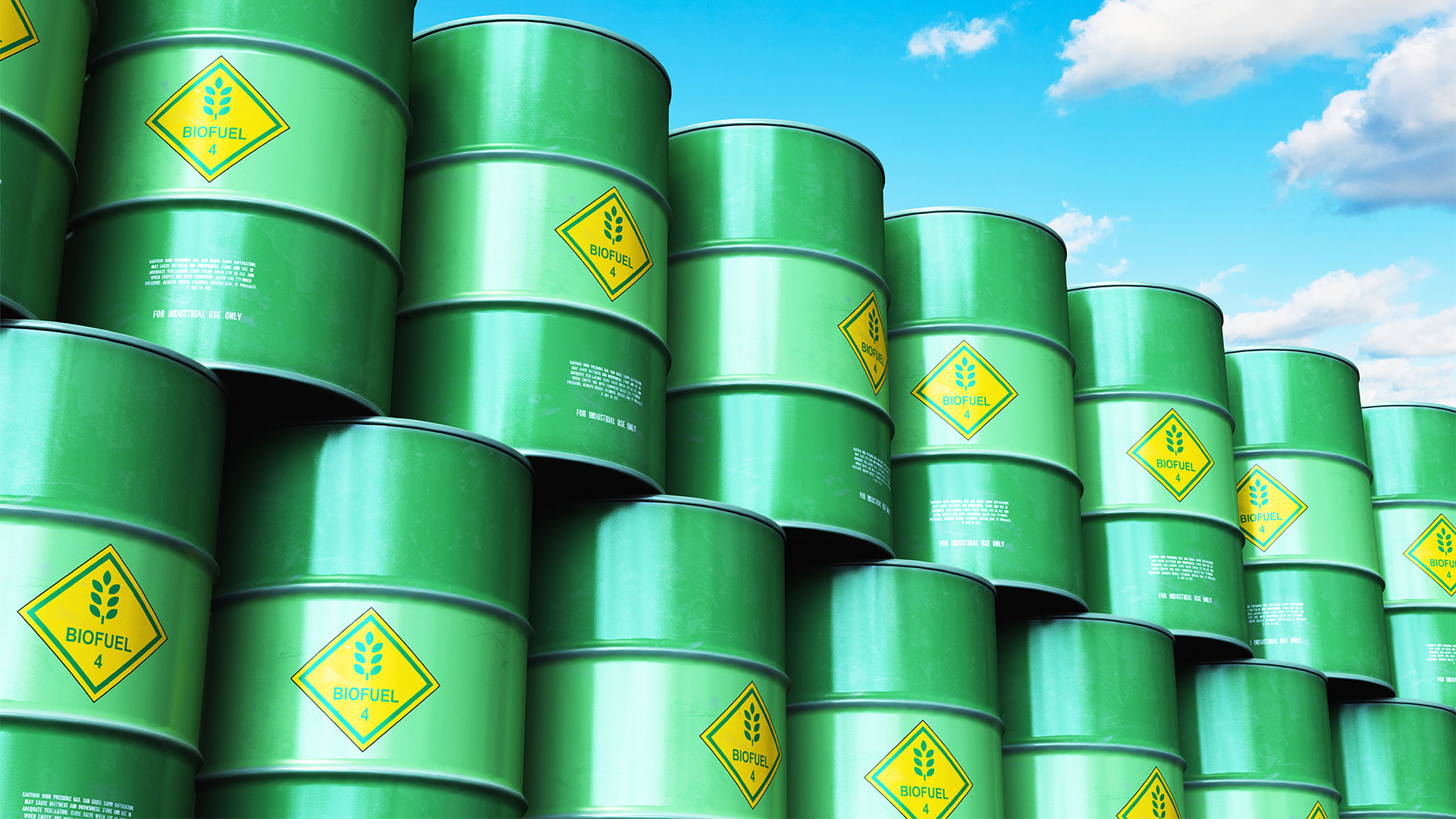Many people understand the term biodiesel very short. As a result, we got confused concepts, but it is not a big deal because we can clarify the details of this issue directly in this article.
First, engines can operate on a different type of fuel, in which producers use sawdust, ethanol or other materials. Nevertheless, we’re going to describe diesel engines, so it’s more important for us to think about biofuels. Fat or oil residues are the main structural component of the production process in raw materials.
Biodiesel technology is not very complicated, but you should not forget some of the details of this process. The first thing we would like to learn is the features of its usage.
Ways of biodiesel usage
Therefore, oil or fat is what producers use as fuel, and there are several ways of it:
- By mixing oil with diesel fuel or kerosene in certain proportions and then adding the mixture to the reservoir.
- Filling of oil in the tank in pure form. However, in this method, there are some weaknesses that are associated with insufficient stirring and incomplete combustion. As a result, the nucleation is formed on pistons, rings and fuel injectors.
- Transformation of vegetable oils produced by producers from processed maize, rapeseed or sunflower. The result is biodiesel.
The third method is the most profitable and efficient one. However, the technology of obtaining biodiesel by conversion is quite complex. A producer can handle this process easy, even at home, if he has all the equipment he needs. The most important thing is to comply with all the rules and requirements.

Biodiesel technology: its features
Biodiesel can be described in as much detail as possible, and then you will understand that it is a multi-factor methyl ether manufactured using animal or plant oil that can be used as biofuels in the future.
C13H24 is the chemical formula for the formulation. The production process consists of performing an etheric reaction. The interaction of fatty acids with a sample of methyl ethanol take place in which there is a catalyst, in which the acid or alkaline environment can be.
- Attention! You should always keep in mind the percentage of structural substances such as vegetable oil. The optimal ratio is 9:1.
This chemical reaction is slow and depends on several factors; it can take 4 to 6 minutes. If you want to get the maximum quality of the final product, we advise you to do this twice.
On completion, the residues form. Among them is glycerine in the lower part of the reservoir and a fraction in the upper one. The Ether connection will be transmitted to the next stage of the reaction.
Next, mixing solution with catalyst and methanol take place and etherification for non-specific minutes. As a result, the static decanter separates the present ether and glycerine fractions.
The reaction can occur at almost any ambient temperature, but the best temperature is between 20 and 90 degrees. However, if you decide to increase this, the reaction process will start to accelerate.
In addition, you should strictly observe all safety measures during this process, for example, some specialists advise you to do it at a temperature of about 60 degrees. The reason for this is simple: methanol starts to boil at 65 degrees.
In conclusion, we would like to say that biodiesel technology, which includes the correct and proper method, will help you to obtain approximately one thousand litres of quality biodiesel and, additionally, more than 120 kg of primary glycerine from materials such as 110 kg of ethanol, 1000 kg of oil and 12 kg of catalyst.
